This is the first post in a multi-post tutorial on how to get started SUP river surfing. Checkout the other posts as well:
- Part 1: The Gear
- Part 2: Scoping out the wave
- Part 3: Plotting a course onto the wave
- Part 4: Padding stances to catch the wave
- Part 5: Paddle strokes to catch the wave
- Part 6: Stances and footwork for surfing the wave
- Part 7: Paddle strokes and braces for surfing the wave
Unlike ocean surfing (where the only gear you need is a board and swimsuit) SUP river surfing requires a lot of gear. The financial investment for someone who owns no river gear is fairly substantial, so if you can find a friend to borrow stuff from then definitely go for that. In either case, here’s a list of things you need to buy/borrow before you get on your first river wave.
A river specific SUP
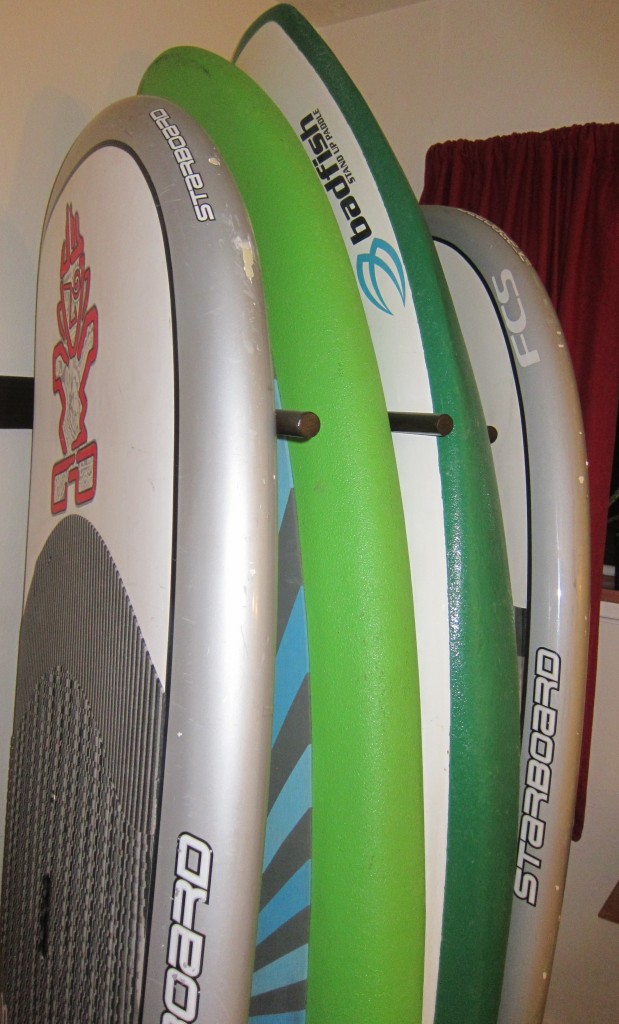
River specific boards will just make learning easier. My recommendation is to get your hands on a Badfish MVP-S, but there are lot of other boards that will work great. In addition to being easier to learn on, river specific boards will often be ding resistant to the many rocks your board will find in the river.
A paddle
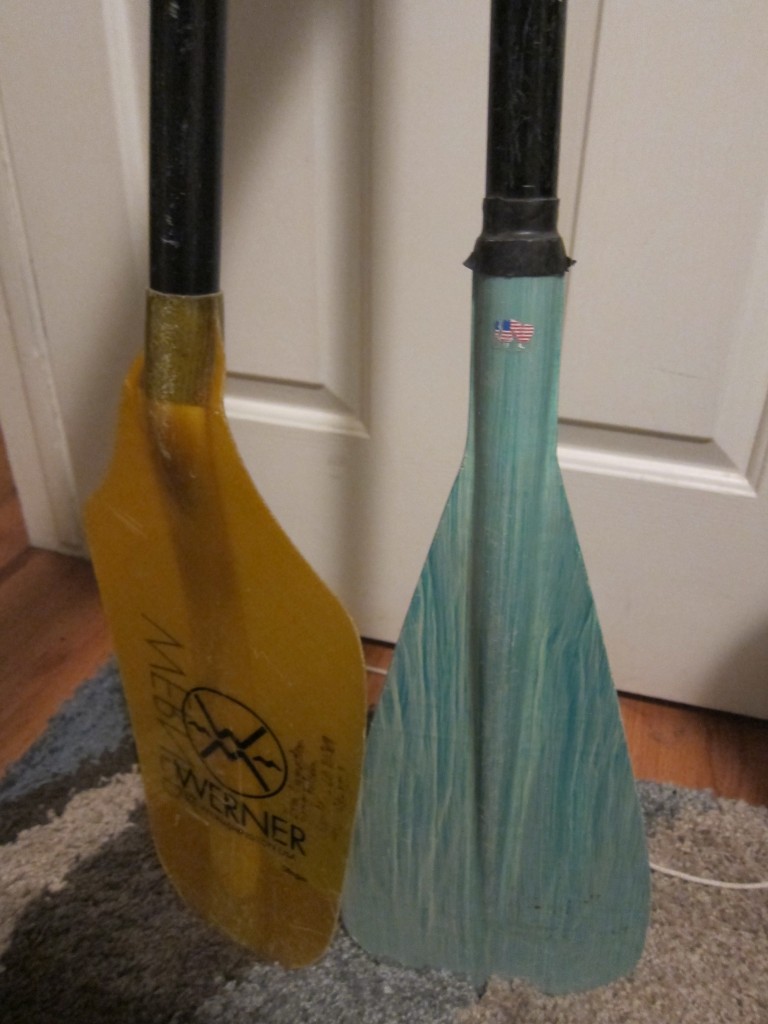
I’m not an expert on paddles, but I do know a strong one is necessary for the rivers. Don’t bring your carbon fiber race paddle out to the river.
PFD
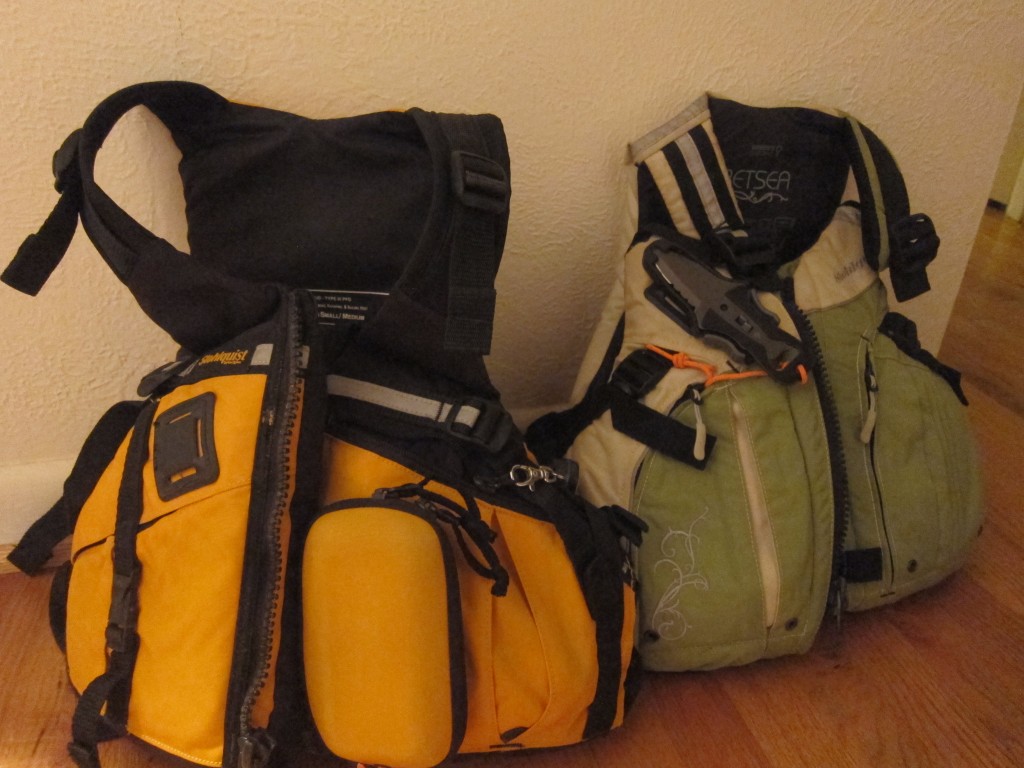
The most important piece of safety gear. Make sure to use a type III white water specific PFD. These PFDs will provide the proper flotation and will also allow the freedom of movement needed to paddle.
Helmet
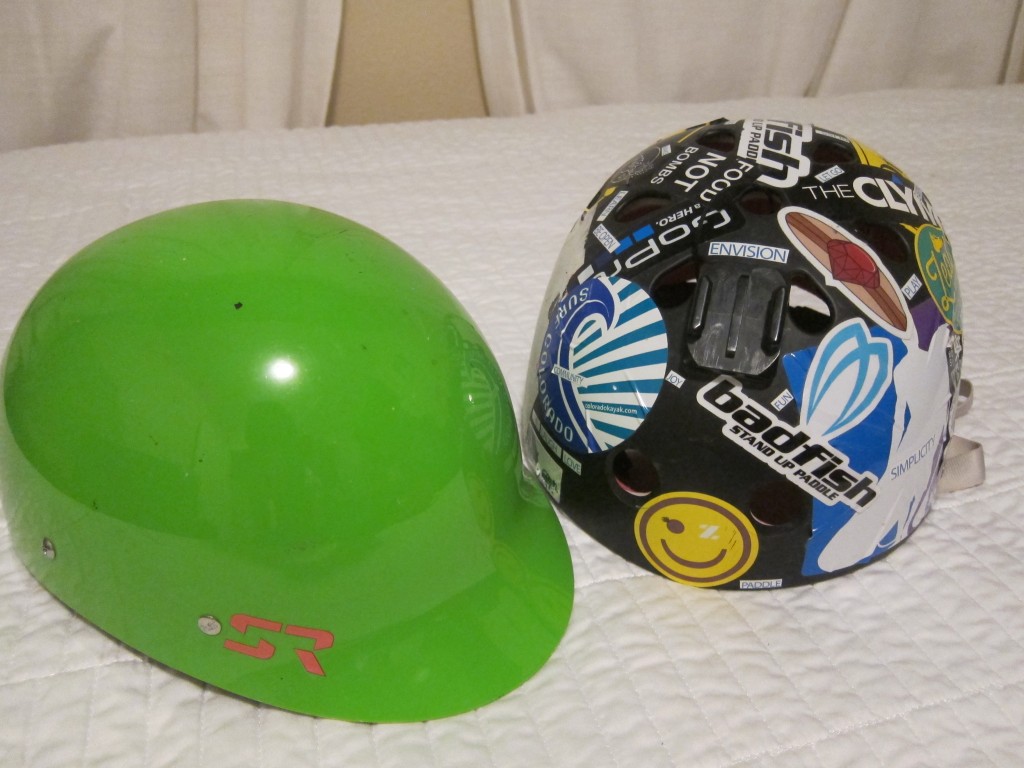
Second most important piece of safety gear.
Whistle
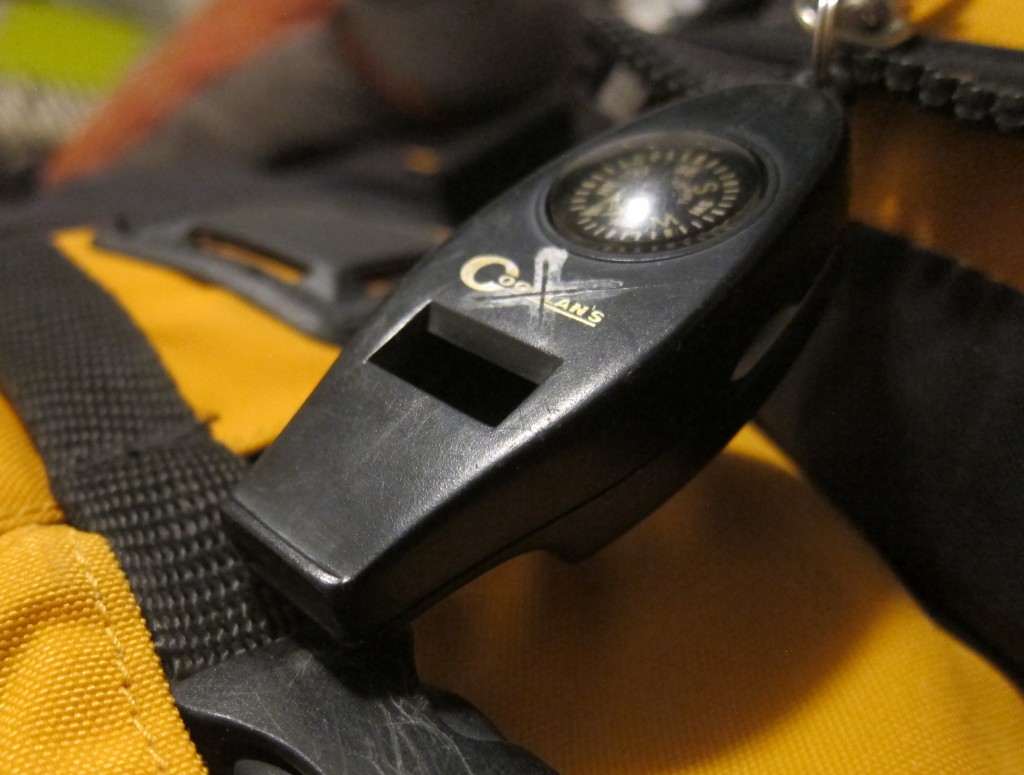
Rivers are loud, and if you need help a whistle is the only way to get other people’s attention. The other great use for a whistle is to warn surfers currently on the wave of incoming obstacles: logs, rafts, etc.
Leash
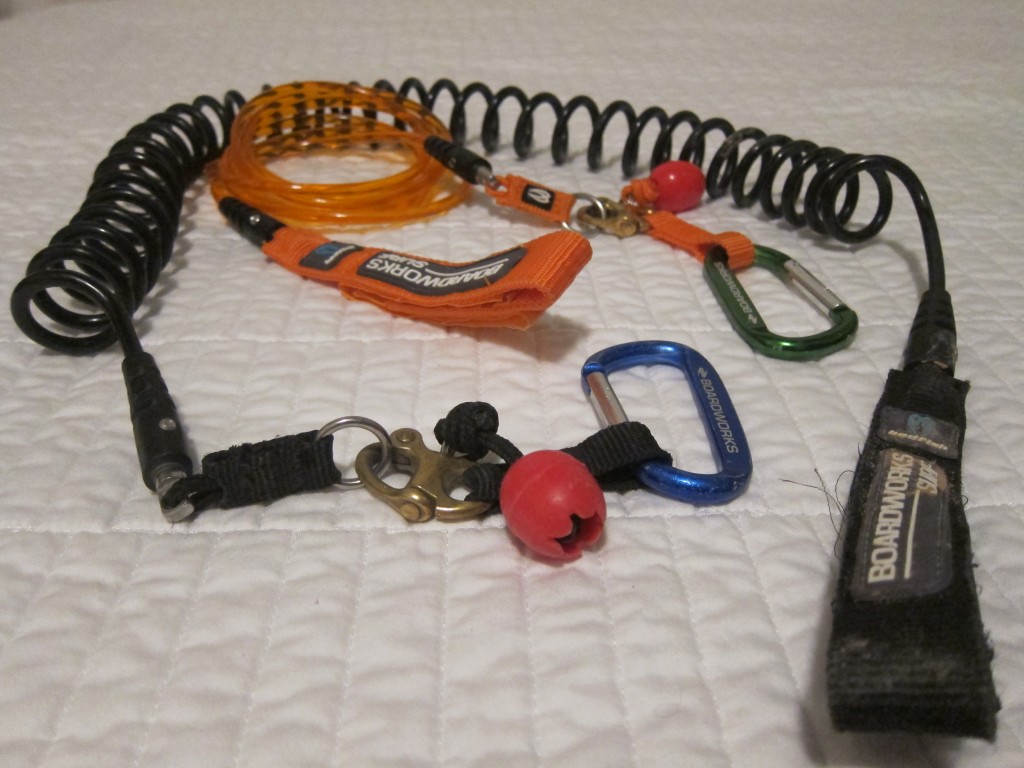
A river specific leash setup is necessary! Read more about river leashes here.
Knife
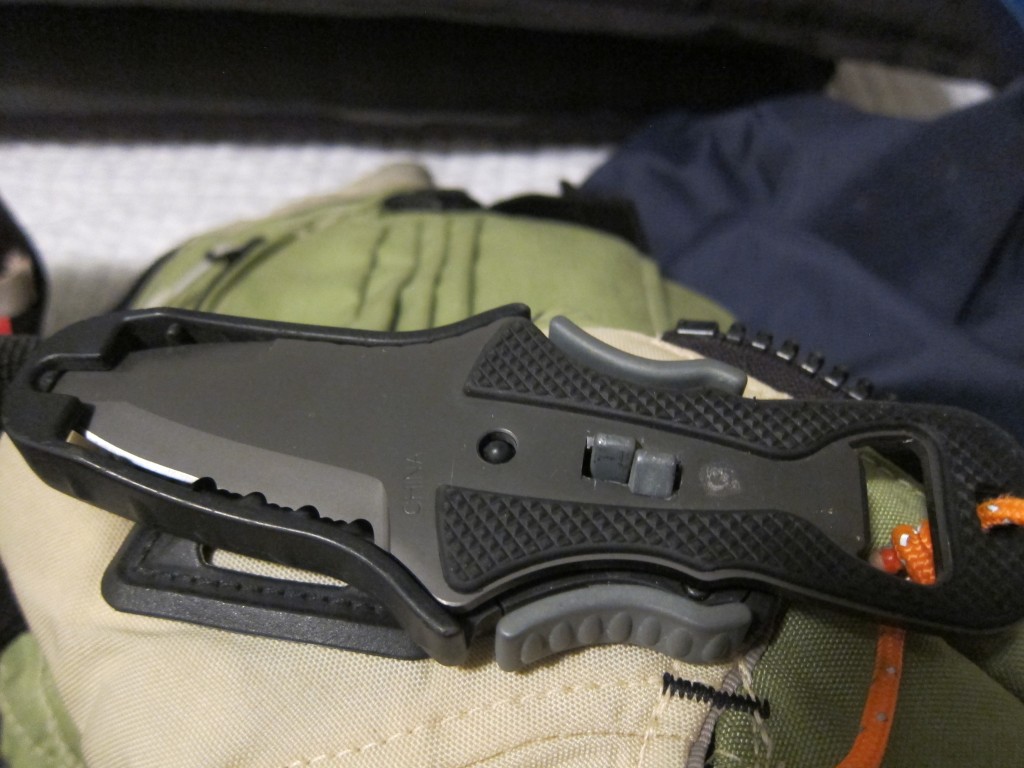
Leashes are meant to help keep you safe (being on your board is safer than swimming in the river), but they are also a hazard. If you, your board, or your leash gets caught on anything, you can be put into a dangerous situation. A quick release on your leash will usually remedy the issue, but in the event the release does not work or you are tangled in the leash cord directly then a knife can literally be a life saver.
Wet/Drysuit (optional)
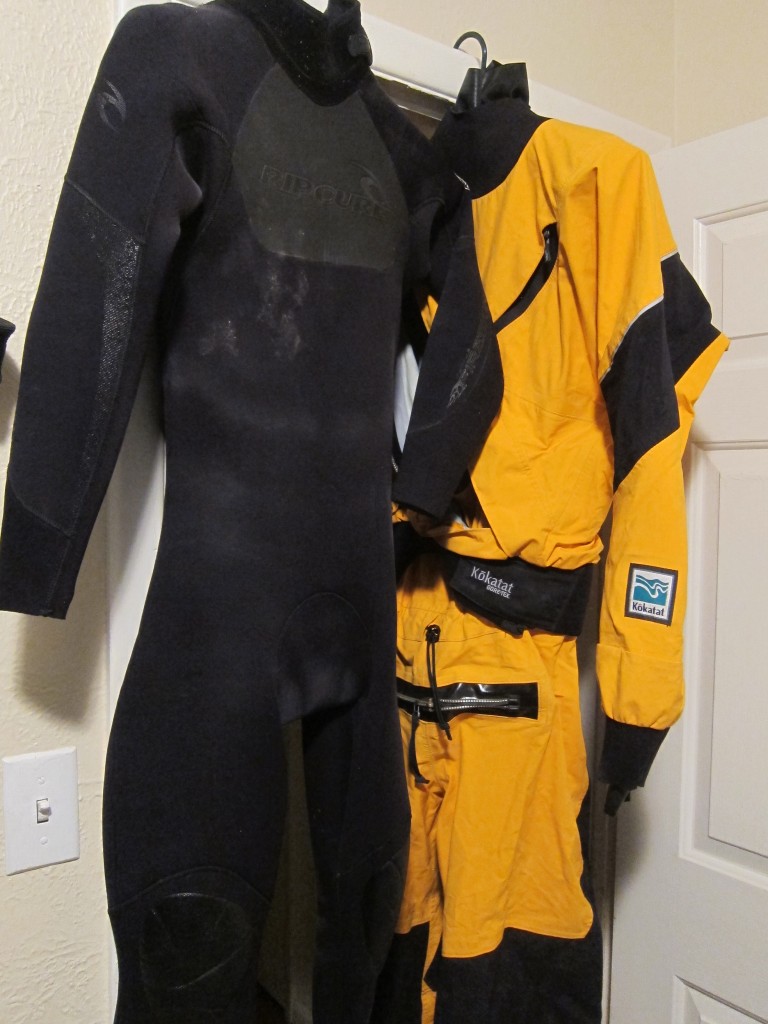
This depends on the temperature of the air and water. The choice between dry vs wetsuits is hotly debated (and will be the topic of a different blog post). All that really matters is that you dress to stay warm.
Shoes/booties
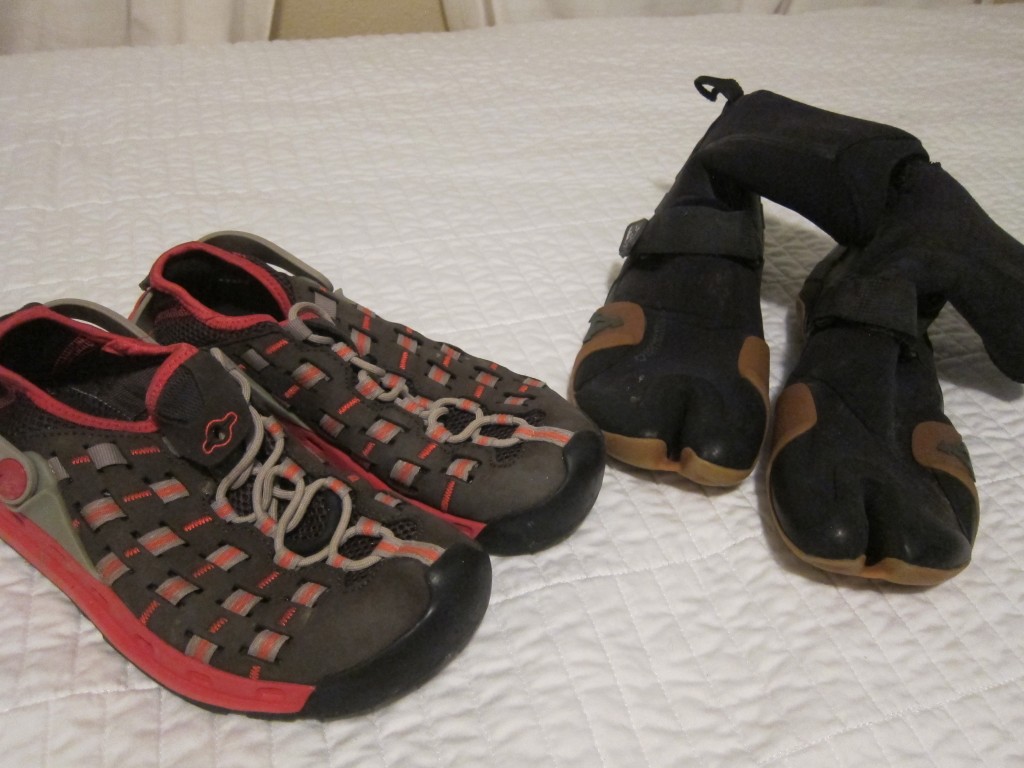
Some sort of foot protection is really nice to have.
Knee and Elbow pads (optional)
I’m putting this as optional because I never use them, but I know many people who swear by them. For beginners, especially in shallow water, I’d recommend them.
Throw Rope
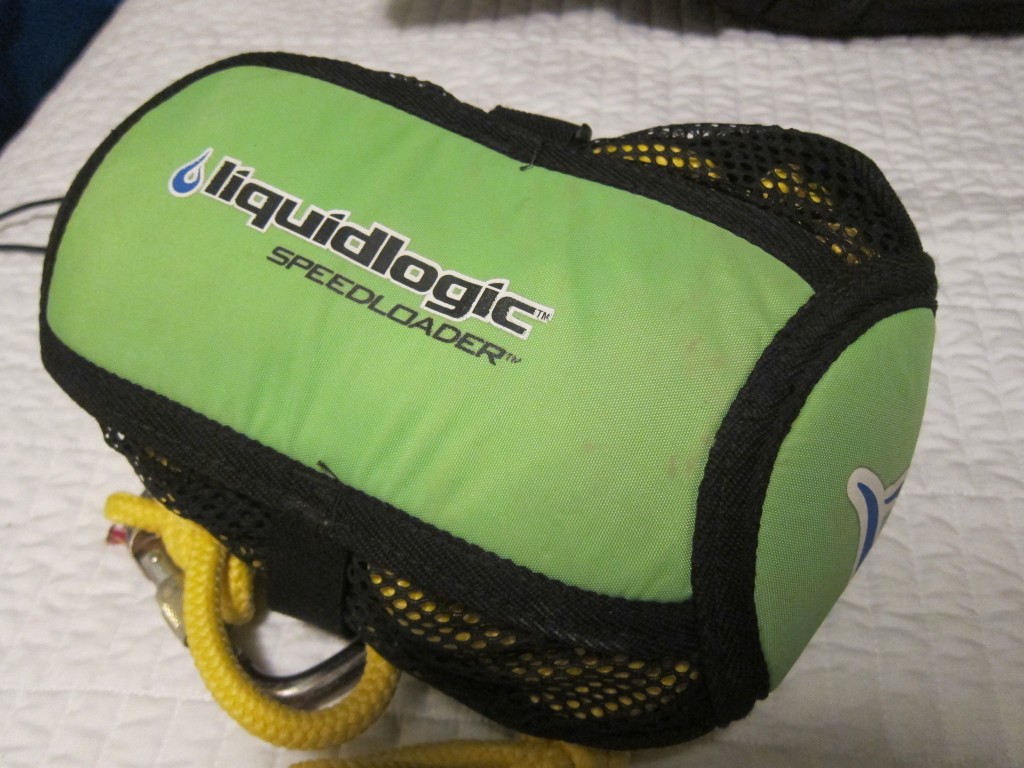
A rescue rope is especially useful when you’re surfing a wave that has a dangerous swim downstream of it. It’s always a good idea to keep one around just in case.
A friend
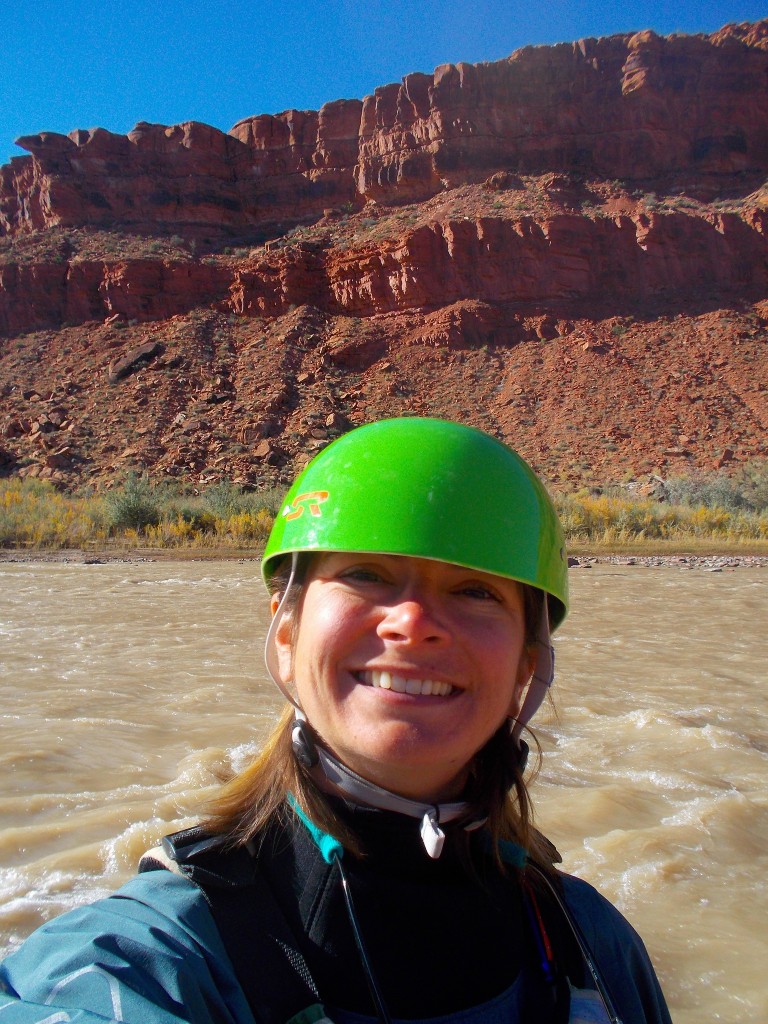
This is an important one: find someone to go with you. Ideally someone with river experience, even better someone with SUP river surfing experience. If anything should go wrong, you have someone there to help you out. And once your start shredding, someone will be there to take your video!
In the next post I’ll talk about choosing a good wave to learn on. Check back soon!
Click here to read Part 2: scoping out the wave.

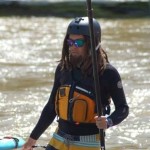
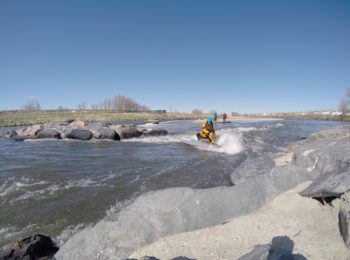
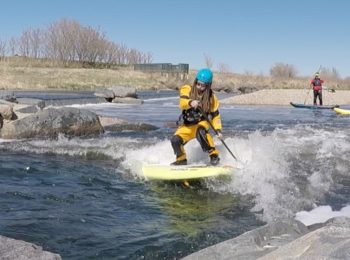
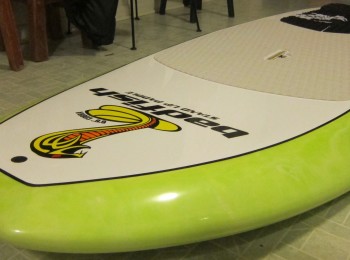
Tez
December 10, 2014 at 3:14 pm
Looking forward to the following parts to this series…
benjamin.lee.smith@gmail.com
December 10, 2014 at 4:40 pm
Look for a new post at least every week!